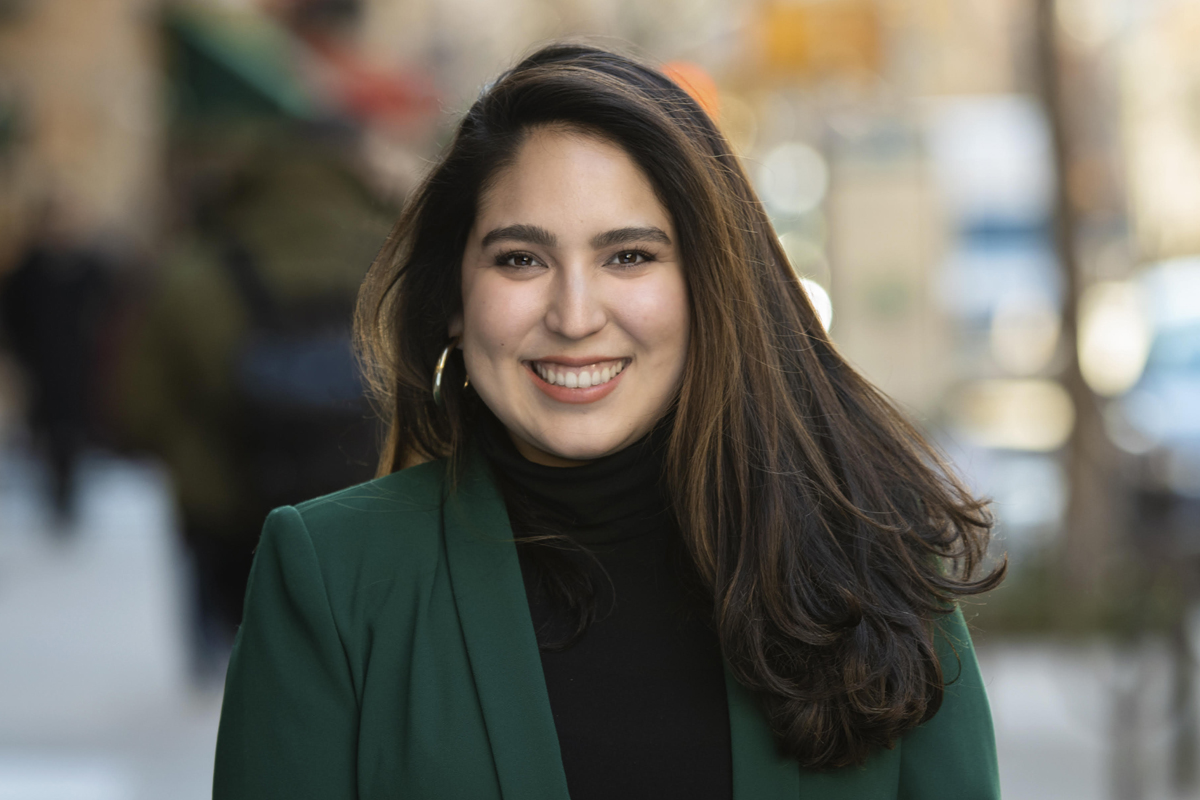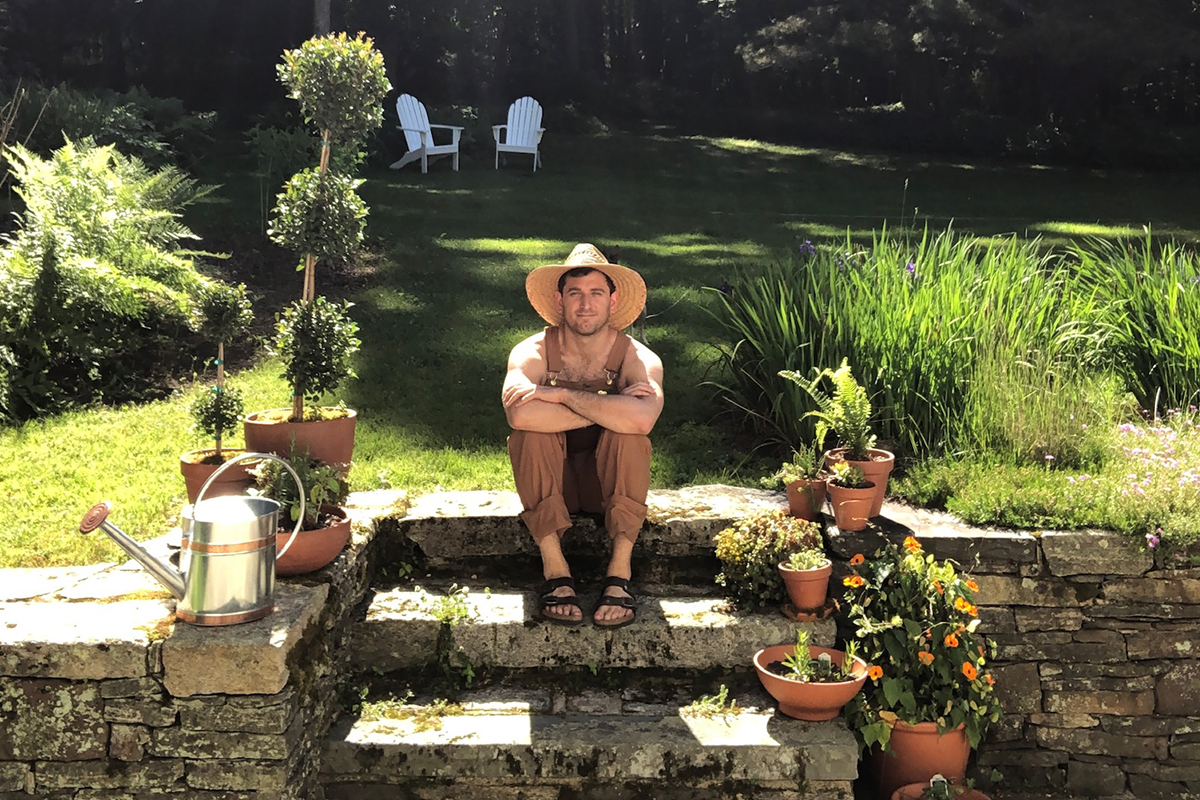Brand Partnerships Should Expand, Not Compromise, Your Artistic Vision
A conversation with photographer Mustafah Abdulaziz.
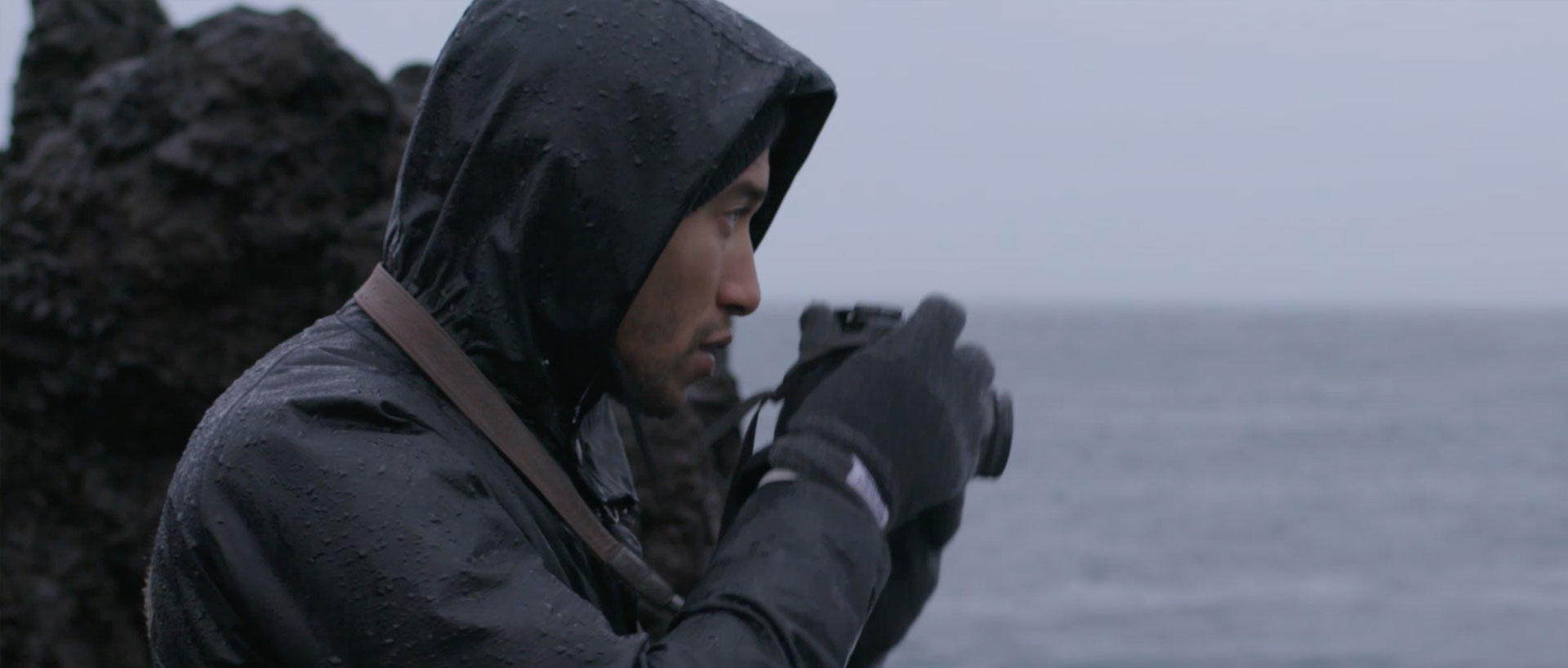
Since the renaissance, great artists have relied on patronage. Of course, that process has evolved quite a bit since the Medicis’ troubled but ultimately productive relationship with Michelangelo. Artists today need to fashion a very intentional approach to commercial collaborations, if they want to make sure that they don’t compromise the integrity of their work in the process.
One artist who has accomplished that consistently over the years is Mustafah Abdulaziz. The Berlin-based Photographer works with a who’s who of illustrious clients, from the UN to the New York Times, but he has such a distinctive style and voice, and such a clear mission, that his body of work seems unbent by commercial considerations. He treats collaborations and commissions as jolts of inspiration, that have the possibility to inspire but never box in his poetic story-telling photography.
Abdulaziz, who is currently working on a grant from National Geographic on Europe’s response to COVID-19, has found thoughtful ways for his work to create lasting relationships, not just with the organizations that support the work, but with the people that see it. We sat down with our good friend Mustafah via Zoom to discuss his unique approach to partnerships.
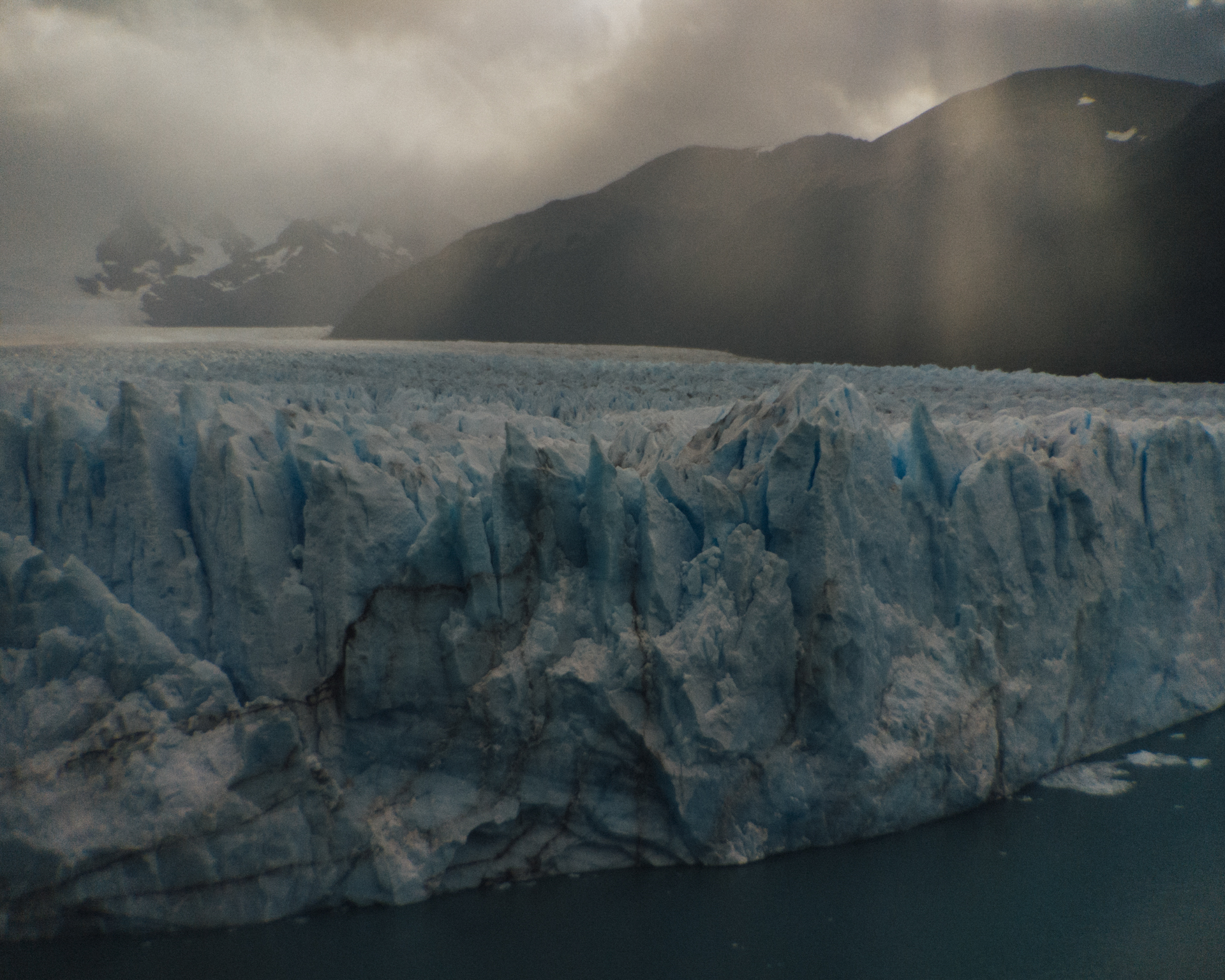
Good Friends: Aside from your own work and editorial commissions, you’ve done some unconventional partnerships with NGOs, cultural institutions, and brands. Do you approach ‘commercial’ work differently from your other work?
Mustafah Abdulaziz: I don’t think there is a fundamental difference, photographically, to how I approach working for myself, an NGO, or a brand. That’s an intentional decision. I believe a strong photograph is a conduit. I want people to have the feeling that they are tuning into something they should already know, coming from a person who is photographing a subject because they care about it.
Humanistic photography is really good at taking one thing and turning it into another. A brief is a starting point. The cool thing about starting points, when you go the direction of a documentary approach, is that this method allows for messiness, for adaption, for response and problem-solving. That’s the thing I find lovely about the process. Apply that to a difficult commercial brief, and you get someone who is eager to move the ball forward through the maze of logistics, on-the-ground challenges and final production to an end goal that is believable, sensitive and unique.
“I want people to have the feeling that they are tuning into something they should already know.”
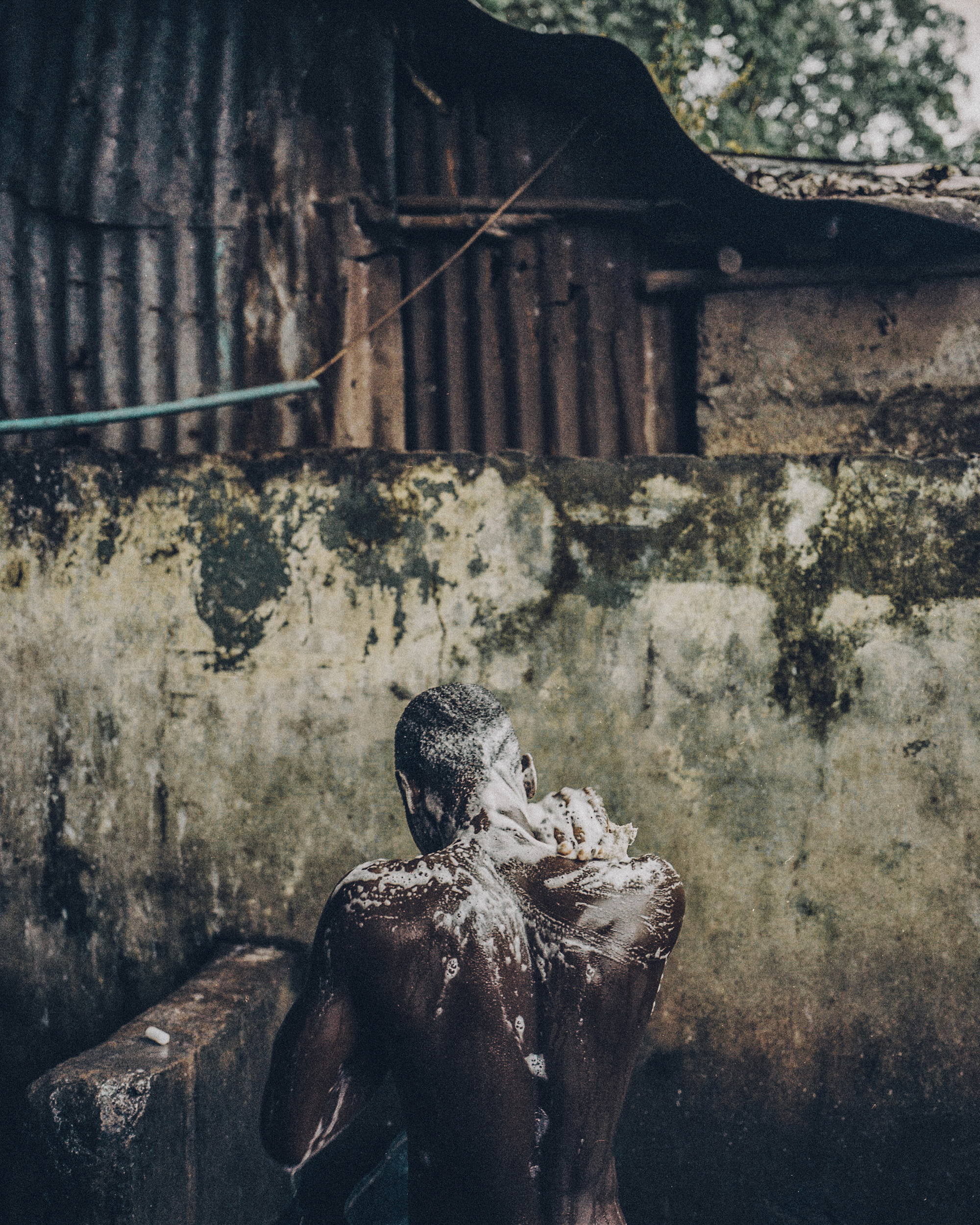
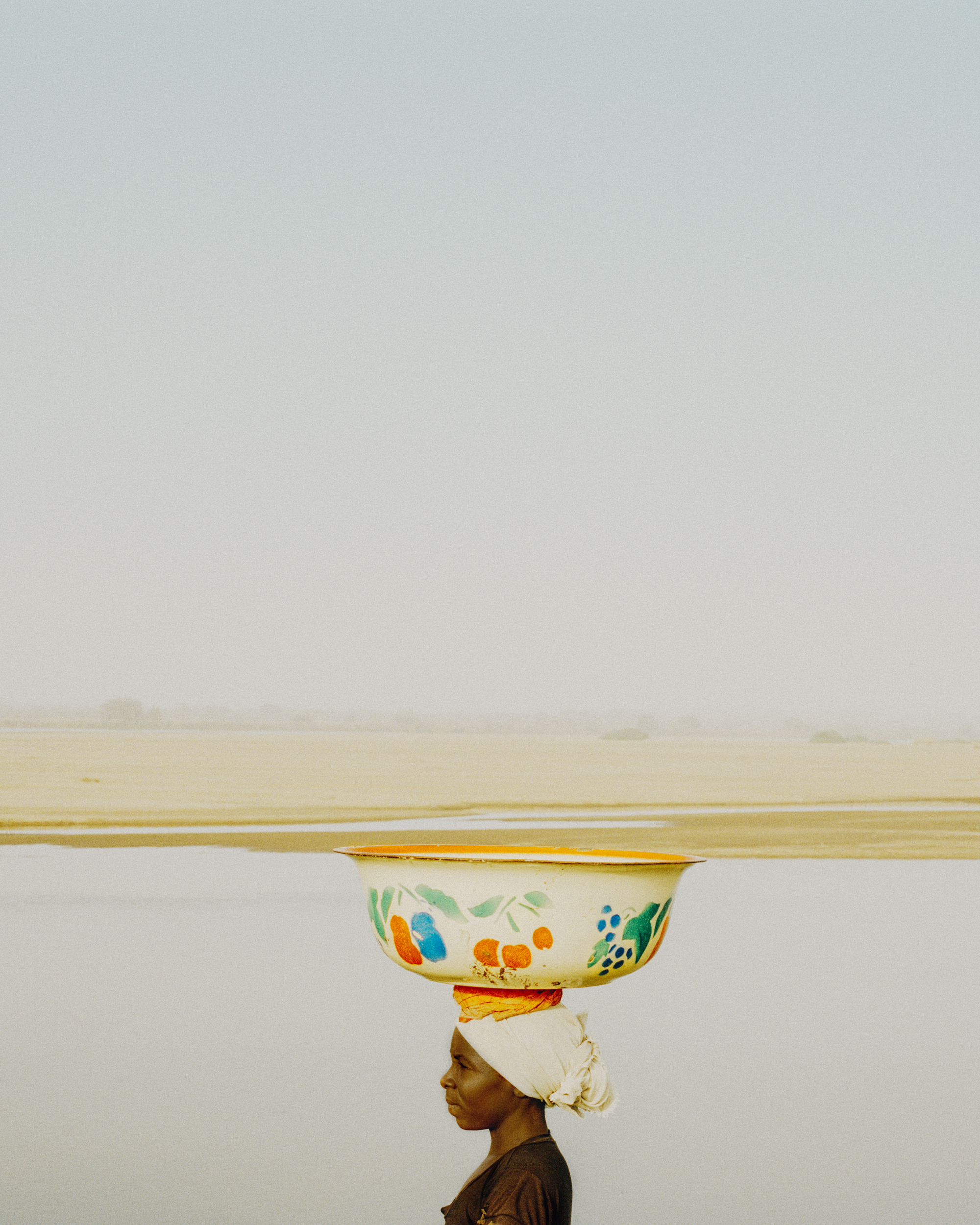
GF: So, you don’t approach them like campaign photos. You see each project as a larger, unique mission.
MA: Yeah, the goal is to always create a framework that is interesting in and of itself. When someone is looking at my photographs, I hope they see the concept behind why they exist or are being displayed—a narrative that isn’t contrived. That’s what I enjoy most and what I feel works best. At the end of the day, the viewer wants to be a part of what they’re seeing, to support it and develop a personal relationship with the narrative. No one likes to feel like they're being sold on something. There has to be this presence behind the camera and production process that makes viewers feel like they're being genuinely communicated with and being respected. It has to happen on both sides of the camera.
GF: How do you accomplish that?
MA: With the style of documentary work that I do and with the collaborations that I've done, I try to represent something authentic. I know how that sounds; authentic is a word that usually comes off as unauthentic. What I'm getting at is that authenticity isn't made, it's something that has to be a priority for an artist in order for the things they touch and make to communicate meaningful qualities.
For example, Tiger of Sweden asked me to photograph their new sustainable line. I thought, well, I've never done anything like that and the next thought was: what had I never done for myself photographically that would put me in a place where I had to take a nice risk? This is why I settled on a small self-portrait series in a studio, showing the pieces as well as the act of making the photographs. This circles back to what I mentioned before, about taking that starting brief and trying to make it believable for myself so the outcome has something real and relatable in it.
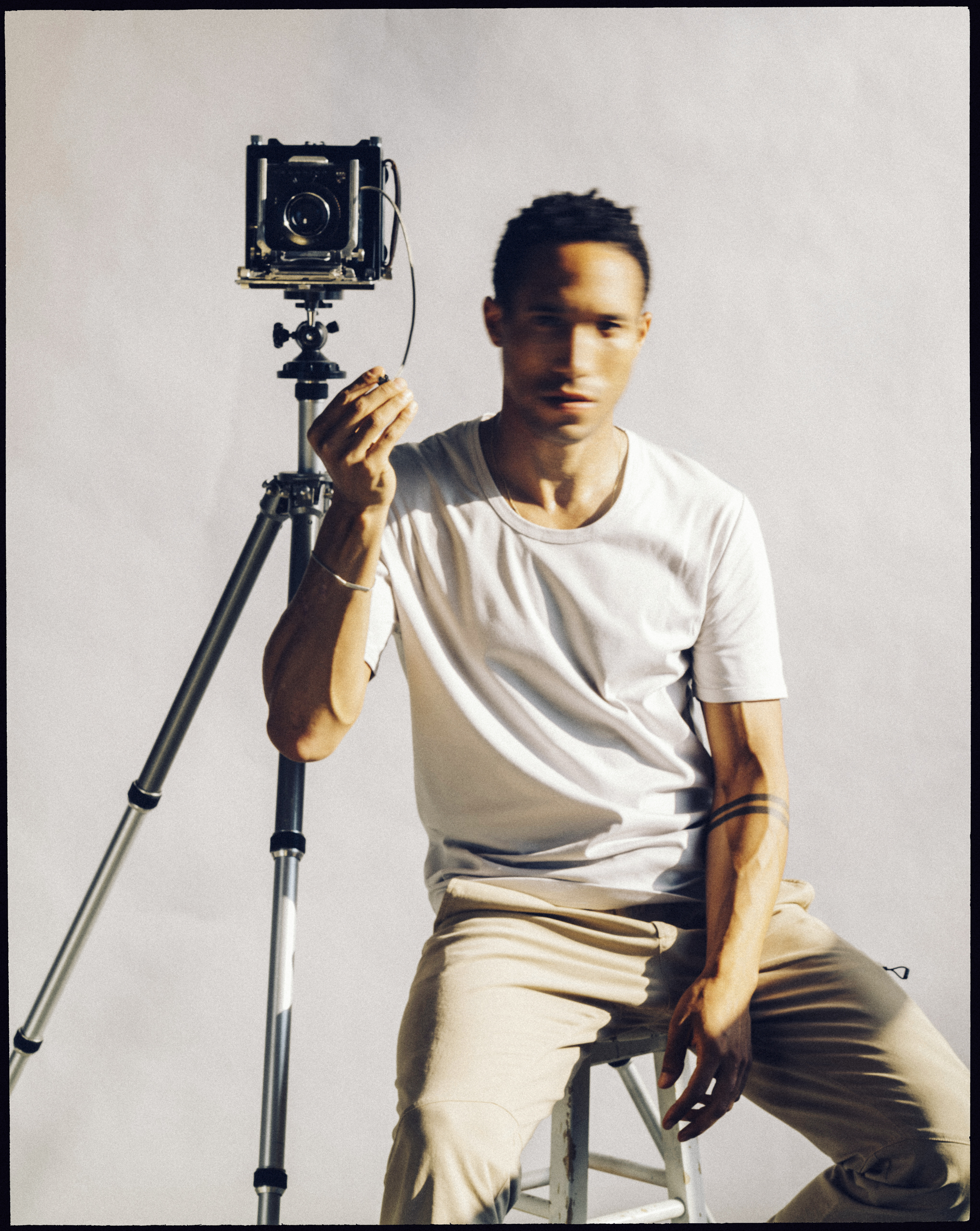
GF: What about with the Water project?
MA: That’s a good example. In 2016, Google was a fiscal supporter for the Water in Iceland and had no product involved—it was essentially them just wanting to support the work. That’s how the relationship began.
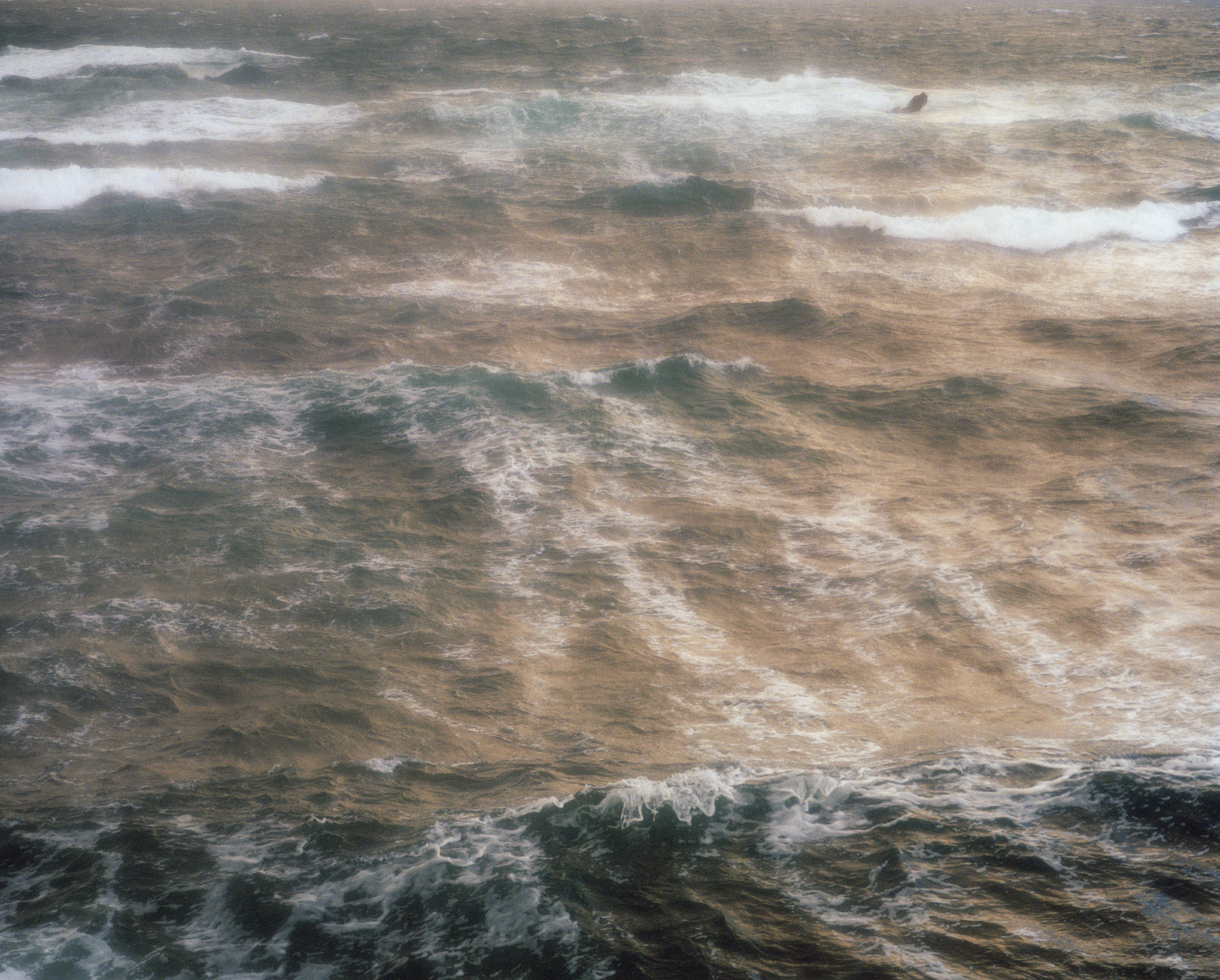
Later, we worked together on the launch of the 2nd generation Pixel. They had done something with Refinery29, something with 032c, and then asked me if I've ever thought about shooting on a cell phone. At first, I was just excited to use a phone to make photographs because, you know, I was already doing that. Eventually, I decided to make something where the tool didn't matter, where the experience was the important part. I wanted people to say, "Yeah I'd want to go there and I'd take pictures of this place with anything I had available." I chose to do a road-trip through Patagonia with one of my best friends, the Australian fashion photographer Darren McDonald. Already knowing that the context of the commission was going to be fun, was going to be special with someone coming from a different world of photography, set the stage perfectly for me to create photographs that felt like they could be a reportage in a magazine. It was fun and challenging.
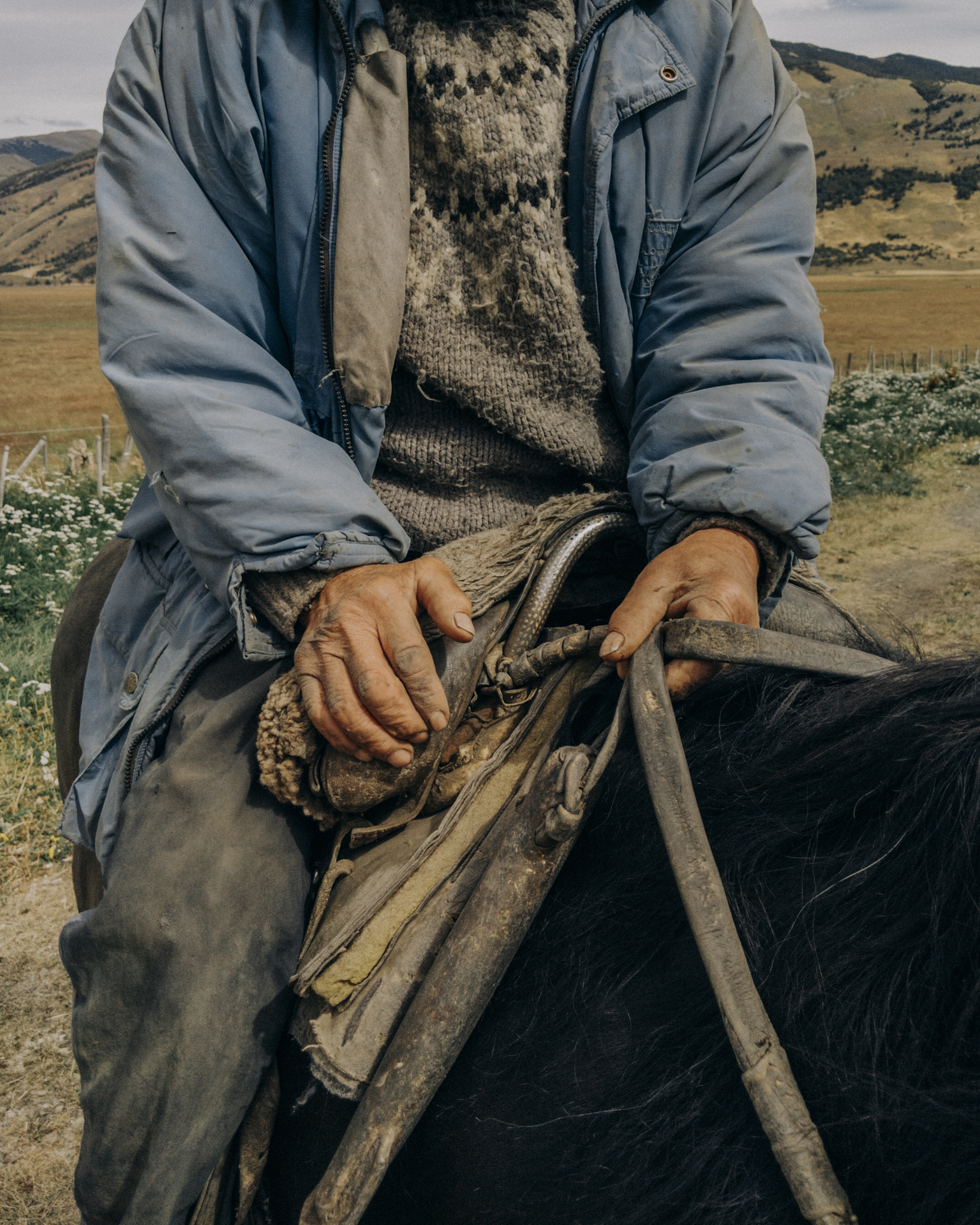
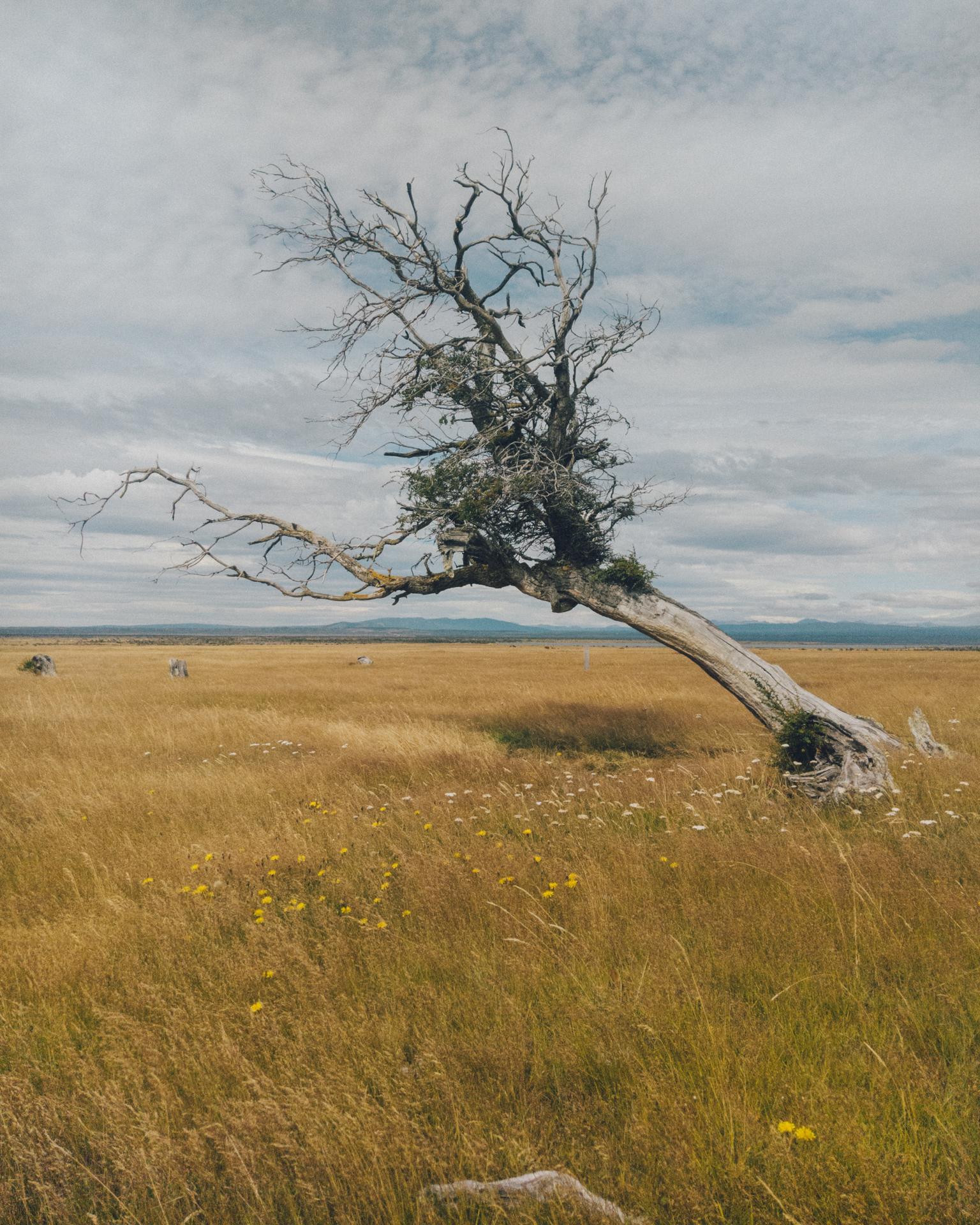
"I’ve grown as a photographer just by valuing time to build relationships."
It didn’t start off as a simple brief; we worked together to define what could be a meaningful body of work. This is the way I try to approach all projects.
GF: And the brand gets to align with the purpose of, and advocacy elements of the Water project, right?
MA: In my experience the brands and the people that have supported the work are always craving something bigger, something more meaningful, and something that isn’t just a known factor. They have a desire to work with someone that is a specialist and just make beautiful things. To me, it’s about working with other people that share a vision. People that are kind. People that are, at the end of the day, trying to add some beauty to the world without taking out the reality of it.
GF: And work with your friends!
MA: And work with friends, yeah. Photography is a meaningful way of connecting. Many times when I do a collaboration or partnership, there's a person that becomes more than a just professional acquaintance. They become a collaborator, a peer, advisor, and in the best of ways, even a friend. For example, Julia Meyer, who I worked with on the Iceland thing for Google is now my brand agent. To me, working in a commercial capacity means I’m working for a lot less than in editorial, because the nature of what I do is so specific. I know it’s not for everyone. But when those stars align, the outcome is I can photograph better. I’ve grown as a photographer just by valuing time to build relationships, valuing kind people and these types of experiences. I think this is really the core element I’m always aiming for in anything I do.
If you’d like a print of Mustafah’s work, visit his website.
More Friends
Keep in touch.
info@withgoodfriends.com
work@withgoodfriends.com
Newsletter
Hear it from your friends first:
© GOOD FRIENDS 2021
